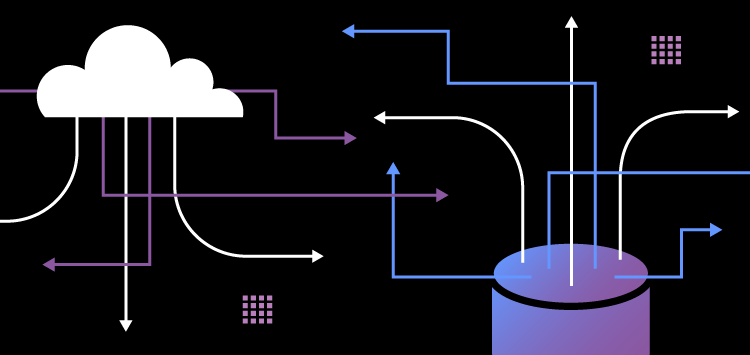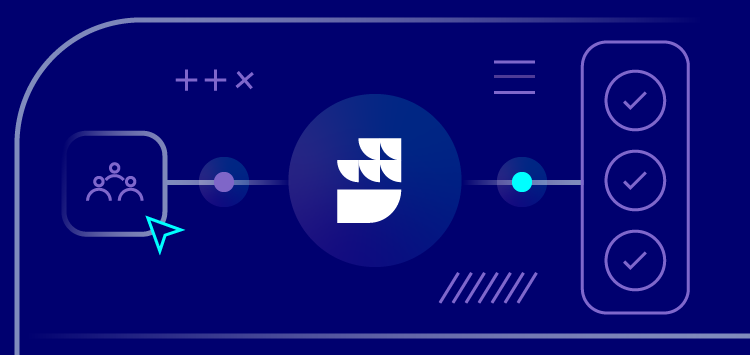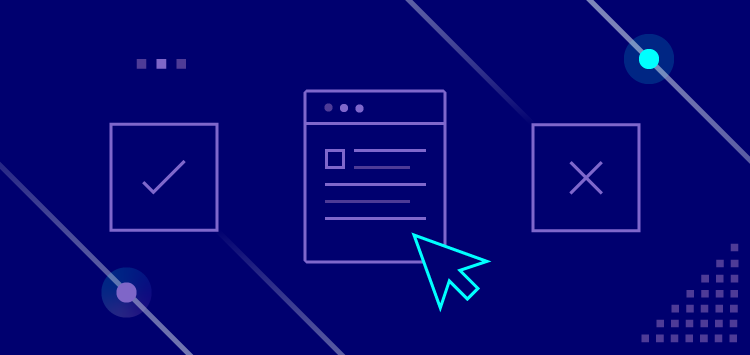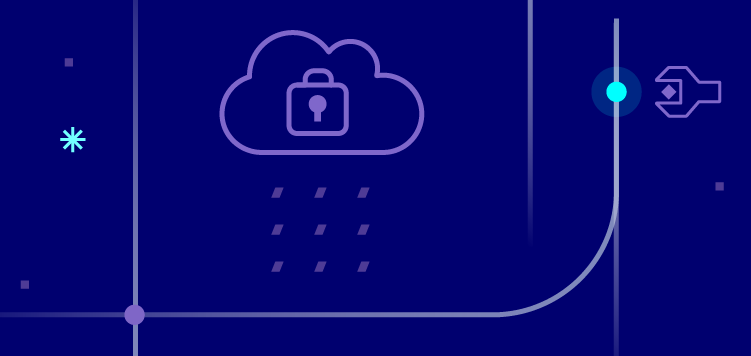🗓️ Live Webinar November 9: How HealthMatch.io Used Customer.io and RudderStack to Launch Their New Business Model in 24 Hours
Blog
PRODUCT
Introducing RudderStack ETL and Reverse ETL


Subscribe
We'll send you updates from the blog and monthly release notes.

Eric Dodds
Head of Product Marketing at RudderStack
January 26, 2021
Use all Your Customer Data. Answer More Difficult Questions. Send Insights to Your Whole Customer Data Stack.
RudderStack Event Stream is what we are known for and has always been top-notch. Like our Gatsby plugin, our SDKs and plugins make it easy to instrument your sites and apps, collect your event data, and route it to all of your customer tools. Your event data isn’t all of your customer data, though. It’s only a subset. You still have non-event customer data locked into cloud applications, like Salesforce and ZenDesk, that is near-impossible to combine and correlate with your event data, apply deep analysis to, and activate in your customer tools. It’s too difficult to use all of your customer data.
RudderStack has been warehouse-first since the beginning as well. We build your customer data warehouse on your data warehouse for you. It’s a first-class citizen for us because the most valuable work on your customer data happens in your warehouse. But it’s very manual and difficult to activate the insights from your warehouse in your customer tools. Like data in cloud apps, these insights get trapped in your data warehouse.
Today, we’re solving both of these issues by launching two new, powerful features, ETL and Reverse ETL. ETL makes it easy to build ELT pipelines from your cloud applications to your warehouse by providing out-of-the-box integrations for popular tools like Salesforce, ZenDesk, and many more (even Google Sheets). Reverse ETL takes being warehouse-first to the next level by letting you route analysis-driven insights from your warehouse to all of your customer tools for activation.
Now, with RudderStack, you can use all your customer data to answer more difficult questions and send those insights to your whole customer data stack.
ETL
RudderStack ETL lets you go beyond event streaming and use all of your customer data. It makes it easy to build ELT pipelines from your cloud applications to your data warehouse, letting you aggregate all of your customer data in your warehouse, from customer event data generated by digital touchpoints to non-event customer data from different cloud applications. This enables you to easily integrate data from your product, sales, marketing, support, and finance teams’ cloud tools with your customer event data so that you can surface answers to more complicated, nuanced business questions.
Learn more about ETL, including how to use it in our post RudderStack ETL makes cloud-to-warehouse pipelines easy.
Reverse ETL
Once data is successfully ingested into your warehouse, your teams can then apply advanced queries or models to generate valuable insights that are frequently materialized as their tables and stored in your data warehouse.
RudderStack Reverse ETL let you send this rich analysis from your warehouse to your entire customer data stack. Your data warehouse effectively becomes a data source for enriched audiences and events that RudderStack can ingest and route to all of the customer tool destinations we support.
Learn more about Reverse ETL, including how to use them in our post RudderStack Reverse ETL unlocks the data in your warehouse.
Solve More Complex Analytical Problems
ETL and Reverse ETL are both powerful features that, when used along with Event Stream, can help you solve difficult problems that aren’t easy to tackle with the existing tools on the market.
Audience Segmentation
This marketing strategy refers to creating subgroups (based on demographics and customer buying patterns) within your target audience, leading to customized experiences and stronger connections with your customers.
Now you can perform your segmentation on your warehouse using complex queries or tools like DBT, then use Reverse ETL to send audiences and cohorts to all of your customer tool destinations.
Recommendation Engines
A recommendation engine is a system that suggests related and relevant products, services, and other information based on the analysis of customer data. With a recommendation engine, companies can easily boost revenue, conversions, and other sales and engagement metrics. Good recommendations also improve customer satisfaction and, as a result, retention.
Now you can build your recommendation engine using tools like Google BigQuery ML on your data warehouse and use RudderStack Reverse ETL to send the results to all of your customer tool destinations.
Personalization
Personalization customizes the customer experience on a cohort or even individual level, making interactions smoother and more powerful. This leads to increased customer satisfaction and the likelihood of repeat customer visits.
Just like the recommendation engine, you can build your personalization engine on your data warehouse and use Reverse ETL to send the results to your user profile stores in tools like Redis, which drive website and app personalization.
Lead Scoring/ Tagging
Lead scoring is a popular sales and marketing method for ranking leads to determine their sales readiness or intent to buy. Leads are scored largely based on behavior, represented as events (like browsing behavior, conversion, etc.), and profile, which is represented as customer traits. Many companies also group leads based on different categories using a tagging system.
Now you can use your complete customer data set to perform lead scoring and automatically sync it back to your CRM. With Event Stream and ETL, you can:
- Use Event Stream to collect behavioral event data from your websites and apps.
- Use ETL to combine event data in your warehouse with up-to-date lead data from your CRM.
- Build the lead scoring/tagging logic on your warehouse that uses all of your customer data (event and non-event).
- Use Reverse ETL to send the results back to your CRM.
Sign up for Free and Start Sending Data
Test out our event stream, ELT, and reverse-ETL pipelines. Use our HTTP source to send data in less than 5 minutes, or install one of our 12 SDKs in your website or app. Get started.

ABOUT THE AUTHOR
Eric Dodds
Head of Product Marketing at RudderStack
Recent Posts

Subscribe
We'll send you updates from the blog and monthly release notes.

Get started today
Start building smarter customer data pipelines today with RudderStack. Our solutions engineering team is here to help.
This site uses cookies to improve your experience. If you want to learn more about cookies and why we use them, visit our cookie policy. We’ll assume you’re ok with this, but you can opt-out if you wish Cookie Settings.





